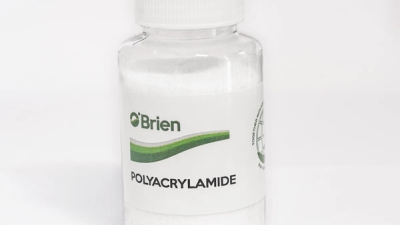The Future of High Molecular Weight Polyacrylamide: Innovations Shaping Our Industry
Table of Contents
- Understanding High Molecular Weight Polyacrylamide: Key Properties and Applications
- Recent Innovations in Synthesis Techniques for Polyacrylamide
- Enhancing Performance: The Role of Additives in Polyacrylamide Formulations
- Case Studies: Successful Applications of High Molecular Weight Polyacrylamide in Industry
- Future Trends: Sustainable Practices in Polyacrylamide Production and Use
- Optimizing Water Treatment Efficiency: The Role of Cationic Polyacrylamide in Industrial Applications and Market Trends
- FAQS
- Conclusion
- Related Posts
You know, the future of High Molecular Weight Polyacrylamide is really catching more and more attention lately. As the chemical world keeps changing to meet all sorts of needs—whether that's cleaning up wastewater or squeezing more oil out of the ground—this stuff is becoming pretty crucial. I came across this recent market report that says the global polyacrylamide market might hit around $6 billion by 2025. That’s mainly because there's a growing demand for better water treatment options and improved oil recovery methods.
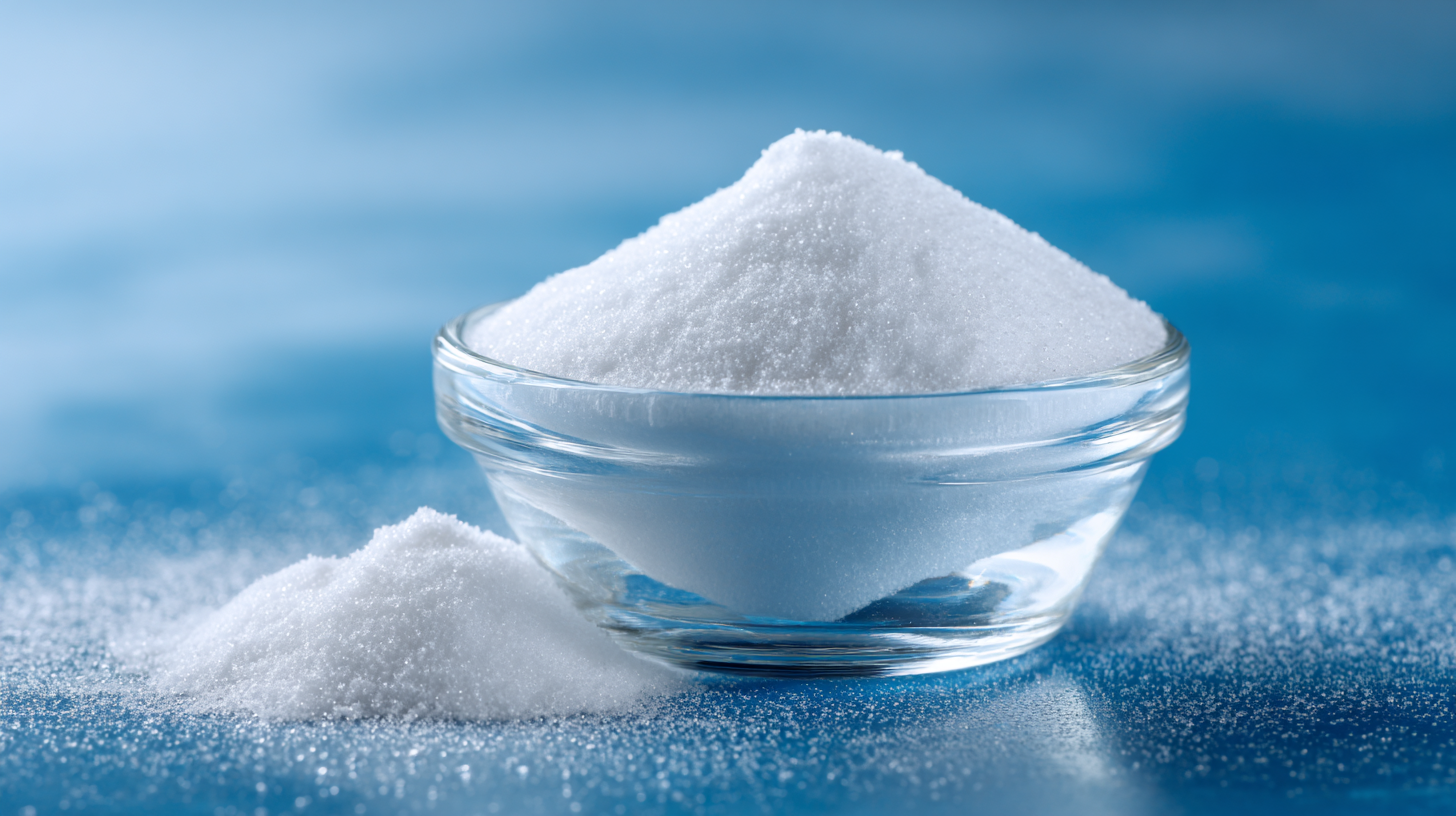
At Qingdao Oubo Chemical Co., Ltd, we’ve been around since 2011, focusing on providing cationic, anionic, and nonionic polyacrylamide products—basically, the solutions that fit these new market demands. With all these innovations happening all the time, it’s super important to keep up with the latest trends and breakthroughs that are really changing what High Molecular Weight Polyacrylamide can do and how it’s used.
Understanding High Molecular Weight Polyacrylamide: Key Properties and Applications
High molecular weight polyacrylamide, or PAM for short, has really become a key player in a bunch of industrial applications thanks to its impressive ability to bind and flocculate. For example, in enhanced oil recovery — you know, when they’re trying to squeeze out a little more oil from the ground — PAM is injected into water wells to boost how efficiently oil gets extracted. It does this by increasing the viscosity of water, which helps the flow move more smoothly through the reservoirs. That flexibility just shows how useful this polymer is—not only does it help oil producers, but it’s also making waves in other areas like mineral processing, where polymer flocculants help gather up tiny particles, making the solid-liquid separation process way more effective.
Lately, there have been some pretty exciting developments in how PAM is made. Techniques like inverse emulsion polymerization and frontal polymerization are opening up new ways to fine-tune its physical properties. Thanks to this, scientists can now create polyacrylamides with specific features suited for different jobs—think of sand stabilizers or hydrogels with mechanical properties that can be tweaked just right. Plus, there's some cool innovation happening in making water-soluble ionic liquid copolymers based on acrylamide, which are proving super useful for stabilizing clay suspensions. All these ongoing efforts to better understand and improve PAM are really pushing industries forward—making processes more efficient and, hopefully, more sustainable down the line.
Recent Innovations in Synthesis Techniques for Polyacrylamide
Lately, there’s been some pretty exciting progress in how we synthesize high molecular weight polyacrylamide. It’s really shaking up how it’s used in different industries. If you look back, traditional methods were kinda clunky—lots of complicated steps that made scaling up a real pain, not to mention they weren’t super efficient. But now, with newer tricks like using more microreactors and tight control over polymerization, we’re seeing way better precision when it comes to molecular weight and making everything more uniform. Not only does this make the whole production smoother and faster, but it also cuts down on waste, which is great for sustainability too.
On top of that, people are starting to lean more into greener solvents and catalysts for making polyacrylamide. This shift isn’t just about being eco-friendly; it’s also opening up new possibilities for formulations that can do a better job in things like oil recovery or water purification. There’s even some really interesting research into bio-based monomers, which could totally change the game—making the whole process more sustainable without sacrificing performance. As these innovative synthesis methods keep evolving, it looks like we’ll see even better quality products and wider use of polyacrylamide in all sorts of new applications.
The Future of High Molecular Weight Polyacrylamide: Innovations Shaping Our Industry - Recent Innovations in Synthesis Techniques for Polyacrylamide
| Innovation | Description | Impact on Industry | Future Potential |
|---|---|---|---|
| Reverse Microemulsion Polymerization | A method that allows for controlled polymerization in low-temperature conditions. | Increases efficiency and reduces energy consumption in production. | High potential for further energy savings and scalability. |
| Graft Copolymerization | Injecting properties from other polymers into polyacrylamide for enhanced characteristics. | Allows customization of polymer properties for specific applications. | Promising for specialized applications in agriculture and water treatment. |
| Green Synthesis Methods | Utilization of renewable resources and eco-friendly solvents in the production process. | Reduces environmental impact and aligns with sustainability goals. | Strong potential for market growth as sustainability becomes a priority. |
| Controlled Radical Polymerization | Allows for precise control over molecular weight and distribution of polyacrylamide chains. | Enhances the consistency and performance of polyacrylamide products. | Future applications in diverse fields such as oil recovery and biomedical uses. |
| Nanoparticle-Enhanced Synthesis | Incorporation of nanoparticles to improve the mechanical properties of polyacrylamide. | Increases the strength and durability of polyacrylamide formulations. | Potential for advanced materials in construction and infrastructure. |
Enhancing Performance: The Role of Additives in Polyacrylamide Formulations
You know, the world of high molecular weight polyacrylamide is really evolving quite rapidly lately, especially with the introduction of some pretty innovative additives. These new ingredients are actually a game-changer—they help boost the overall performance of polyacrylamide products, making them better equipped to handle the growing needs across different industries. When we tweak properties like viscosity, how well it dissolves, or how stable it is, we see some pretty impressive improvements. This means they’re more effective, whether it’s used for treating water or pulling oil out of the ground more efficiently.
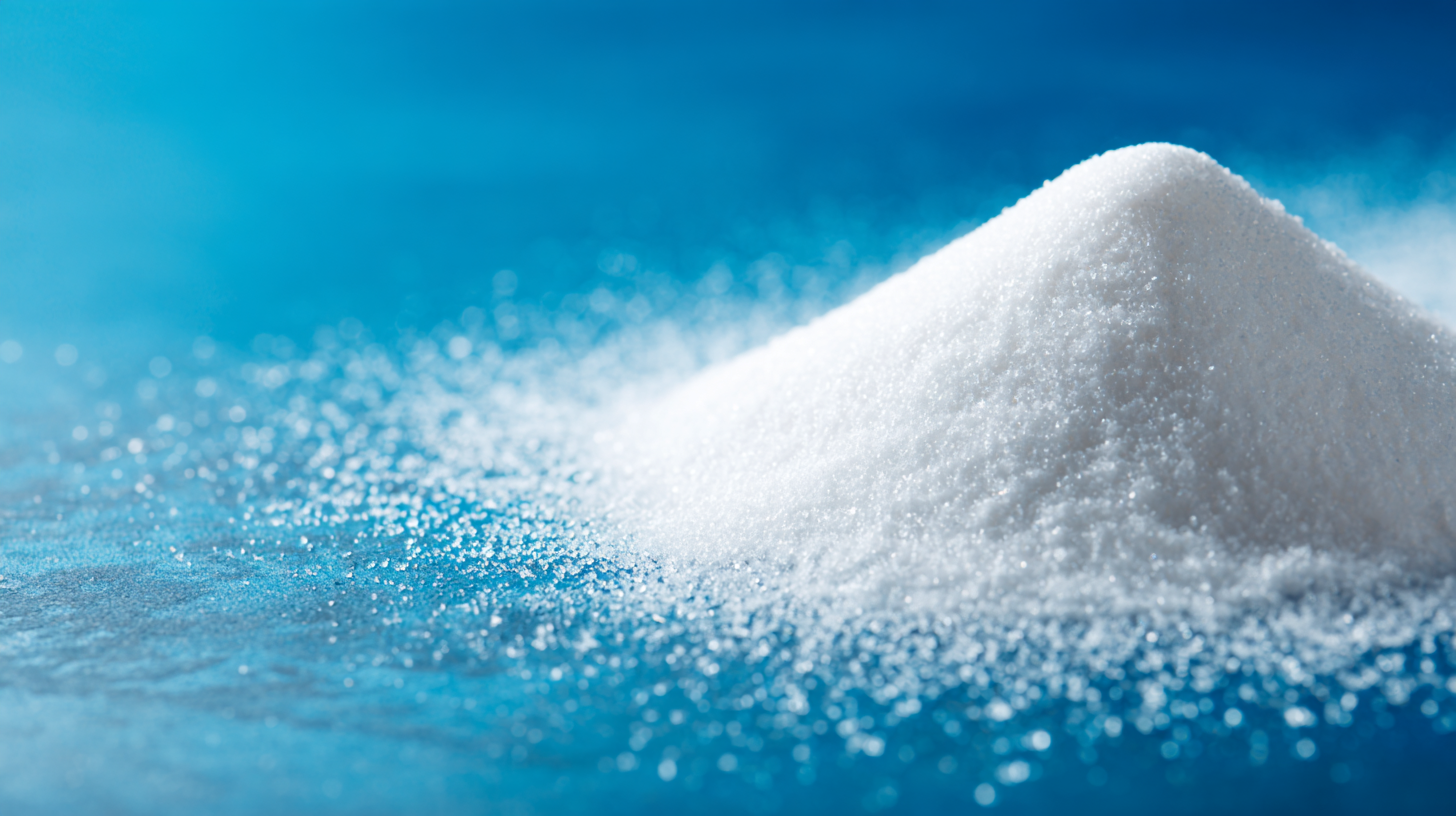
At Qingdao Oubo Chemical Co., Ltd., we’ve been around since 2011, and we’re passionate about providing top-quality polyacrylamide products. We offer all kinds—cationic, anionic, and nonionic—and we’re always pushing ourselves to innovate. Our formulations keep evolving because we’re always on the lookout for the latest additive tech out there. The end result? Our products work better for our customers, and we’re proud to stay ahead of the curve in the polyacrylamide world. We really believe in keeping up with trends and digging into advanced material science—that’s how we’re helping shape the future of how polyacrylamide is used across industries.
Case Studies: Successful Applications of High Molecular Weight Polyacrylamide in Industry
High Molecular Weight Polyacrylamide, or HMWPAM for short, has really become a go-to thing in lots of different industries because of its unique qualities and how versatile it is. Take the oil and gas world, for example — HMWPAM is often used to boost oil recovery. There are quite a few case studies out there showing that when they add it to drilling fluids, it not only cuts down on fluid loss but also bumps up the viscosity, making the whole process way more efficient when extracting hydrocarbons. Companies that have jumped on the HMWPAM bandwagon have seen significant drops in operational costs, which really shows just how much of a game-changer it can be for managing resources.
And it’s not just in oil and gas — HMWPAM is making waves in water treatment, especially for sludge dewatering and helping with flocculation. One story that stands out involves a municipal wastewater plant that started using HMWPAM to get their dewatering process dialed in. The result? A huge drop in the amount of sludge they had to deal with, which, of course, cut down on disposal costs. Plus, the whole plant started running a lot more smoothly. These kind of success stories show just how powerful HMWPAM can be, and they hint at just how important it’s becoming for more sustainable practices across industries.
The Future of High Molecular Weight Polyacrylamide: Innovations Shaping Our Industry
Future Trends: Sustainable Practices in Polyacrylamide Production and Use
These days, the way we produce and use high molecular weight polyacrylamide, or HPAM, is really starting to lean more towards eco-friendly practices. You see, companies are now exploring smarter ways to source raw materials—like using bio-based feedstocks instead of relying solely on petroleum. It’s a pretty big step toward being more sustainable, all while still keeping the product’s performance top-notch.
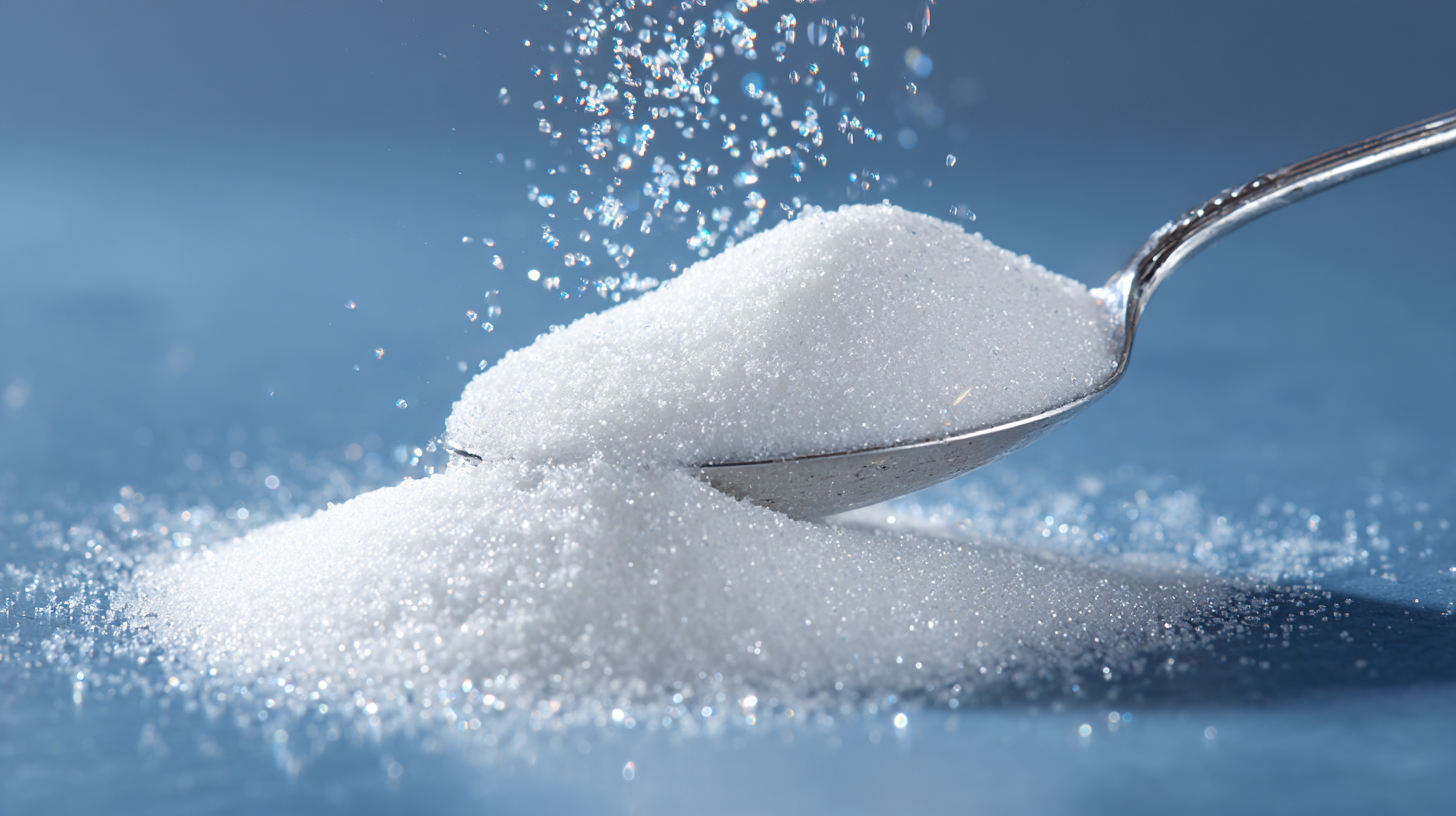
One idea that’s gaining some traction is embracing the circular economy—think recycling materials and fine-tuning manufacturing processes. Not only does this help the environment, but it can also save a boatload of money in the long run.
On top of that, there's a real push towards green chemistry in making polyacrylamide. More and more, folks are working on solvent-free methods and using non-toxic reagents to cut down on environmental impact. These innovations aren’t just good for the planet—they also make the workplace safer—and they appeal to a growing base of eco-conscious customers.
My tip? Keep an eye on new regulations and what customers are really looking for when it comes to sustainability. Building relationships with stakeholders and being transparent about your efforts can help you stay ahead of industry standards and meet the demand for greener products.
Optimizing Water Treatment Efficiency: The Role of Cationic Polyacrylamide in Industrial Applications and Market Trends
Cationic Polyacrylamide (CPAM) is a versatile polymer that plays a crucial role in optimizing water treatment processes within industrial applications. As a white granule that dissolves easily in water, it showcases excellent solubility, making it an ideal choice for various treatment scenarios. Its non-toxic and odorless properties contribute to safe usage across multiple sectors, further enhancing its appeal in industries focused on environmental sustainability.
The unique characteristics of CPAM, including its moisture-absorbing capabilities and the presence of positively charged active groups in its molecular structure, enable it to effectively bind to negatively charged particles found in water. This interaction significantly enhances coagulation and flocculation processes, resulting in improved removal of pollutants and suspended solids. As industrial water treatment continues to evolve, the demand for efficient and effective solutions like Cationic Polyacrylamide is on the rise, reflecting current market trends that prioritize both efficiency and sustainability.
Incorporating CPAM into water treatment practices not only boosts performance but also aligns with broader environmental goals, setting the stage for more responsible industrial operations. As industries seek to optimize their water management strategies, the role of innovative solutions like Cationic Polyacrylamide becomes increasingly vital.
FAQS
M) used for?
PAM is injected into water wells to increase water viscosity, which enhances flow dynamics in reservoirs and improves the efficiency of oil extraction.
Recent advancements include techniques like inverse emulsion polymerization and frontal polymerization, which allow for the production of PAM with tailored physical properties that enhance its performance.
Innovative techniques improve scalability, efficiency, and precision in molecular weight control, reducing waste and aligning with sustainable manufacturing practices.
The integration of greener solvents and catalysts reduces the environmental impact of PAM production and facilitates the development of novel formulations for various applications.
Yes, researchers are exploring bio-based monomers to make polyacrylamide production more sustainable while maintaining high performance in its applications.
PAM can be utilized in mineral processing for effective solid-liquid separation and as sand stabilizers and in the creation of hydrogels with controlled mechanical properties.
Polyacrylamide flocculants can aggregate fine particles, which leads to more effective solid-liquid separation in mineral processing.
Ongoing exploration of PAM properties and applications promises to reshape practices across numerous industries, enhancing efficiency and sustainability.
Continuous innovation in synthesis techniques and the exploration of sustainable materials may transform polyacrylamide production, expanding its usability in broader sectors.
Conclusion
High Molecular Weight Polyacrylamide (or PAM for short) is really gaining traction across a bunch of industries these days, thanks to its impressive properties and versatility. If you get to know its main features and how it's used, it’s easier to see how recent advances in how we make it have really boosted both production speed and overall performance. Plus, adding certain ingredients can make a big difference, helping the formulations stay ahead of the curve and meet the ever-changing demands of different sectors.
I've seen this firsthand in several case studies—PAM’s applications in things like wastewater treatment, oil recovery, and soil stabilization have totally changed the game. Looking forward, there's a big emphasis on sustainable production and usage practices, which is super important. At Qingdao Oubo Chemical Co., Ltd., we’re dedicated to providing top-quality cationic, anionic, and nonionic polyacrylamide. We’re proud to stay at the cutting edge of innovation while also focusing on eco-friendly solutions that help protect the environment and serve our clients better.
Related Posts
-

Choosing the Right Manufacturer for Best High Molecular Weight Anionic Polyacrylamide with Industry Insights
-
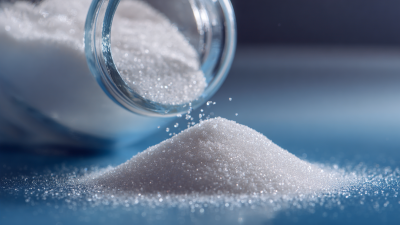
Essential Criteria for Selecting Quality Manufacturers of Best Water Treatment Polyacrylamide
-
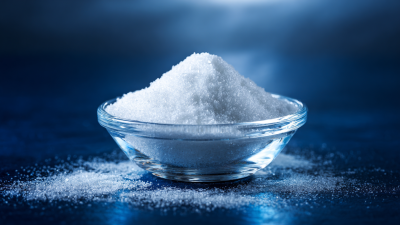
Unlocking the Future of Water Treatment with Best Flocculant Anionic Nonionic Polyacrylamide Trends for 2025
-
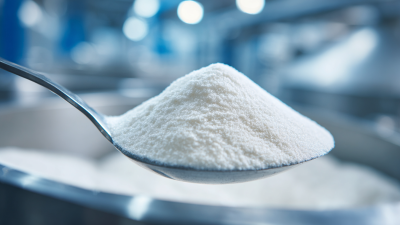
Comparative Analysis of Nonionic Polyacrylamide Versus Other Polymer Options in Industry Applications
-
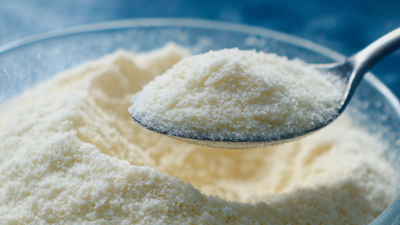
Unlocking the Advantages of Polyacrylamide Complex: A Game Changer for Industry Efficiency
-
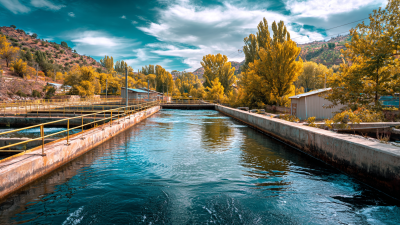
How to Effectively Use Chemical Flocculant for Improved Water Treatment
Blog Tags:

Ava
-

Phone
-

E-mail
-

Whatsapp
-

WeChat
Jessy Lin
Paul Zhou:8613356391894 Eric Wong:8615963245439Emily Wu:8617866856171
-

WeChat
Paul Zhou

-

WeChat
Eric Wong

-

WeChat
Emily Wu


